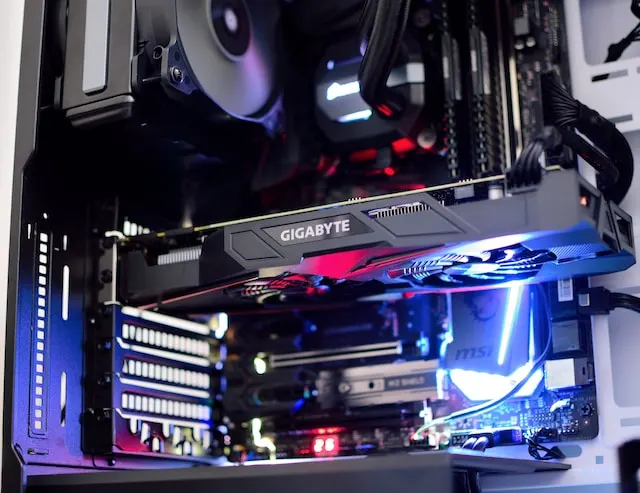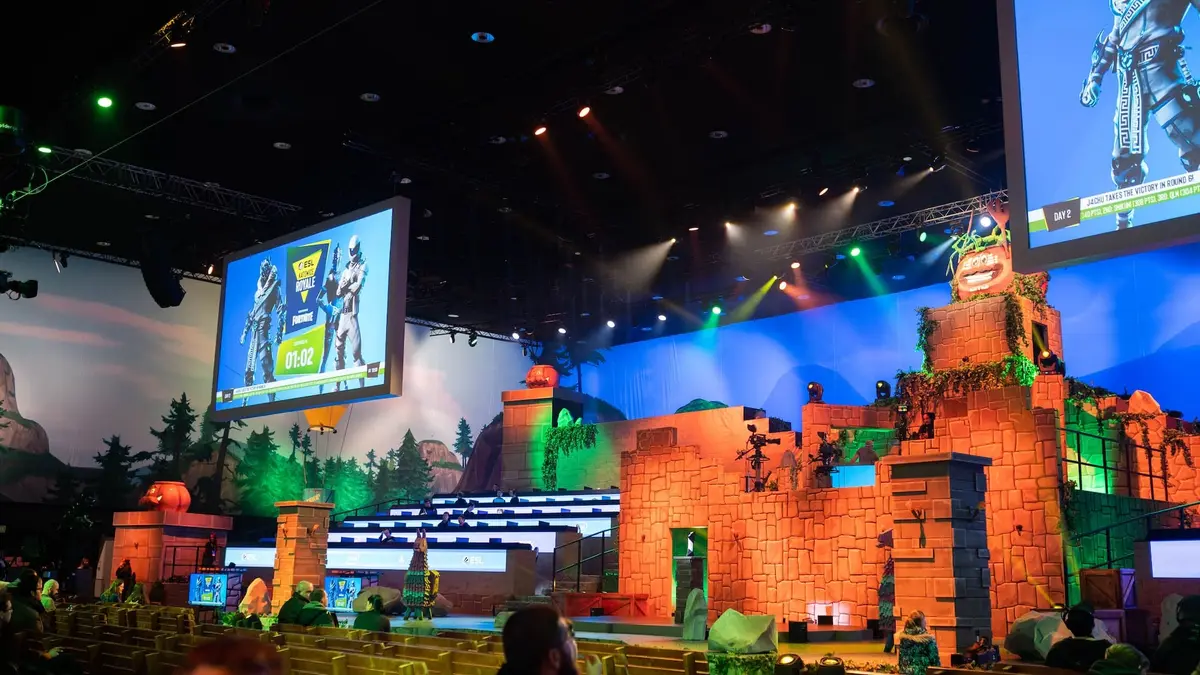Esports’ rise in recent years has been nothing short of meteoric, and while some point to economic conditions as being the chief reason behind its mainstream emergence, the truth is much more nuanced.
In reality, esports has been quietly developing in the wings for decades, waiting for a number of disparate elements to come to fruition – the chief of which we will explore here below.
Networking And Computing Technology Coming Of Age
Modern competitive gaming is an incredibly technologically sophisticated sport requiring the latest and greatest in computer processors and graphic video cards to run. It also wouldn’t be possible in most cases without high speed, reliable internet connections the likes of which were simply unavailable 20 years ago.
The average internet speed in America today is approximately 94.6 Mbps, which is 168,864% faster than pre-2000 dial-up connections. This has made massive multiplayer experiences wherein up to 150 players compete with one another in real time from across the globe possible, opening up many diverse and compelling opportunities for online competition.
Computer hardware has also, especially in the past 10 years, significantly decreased in price. Top-tier gaming PCs used to cost thousands of dollars, thus excluding all but the wealthiest of players from participating in flagship esports.

Thanks in no small part to the miniaturization and economies of scale afforded by the smartphone industry. These prices have come down markedly, making gaming laptops and PCs much more accessible.
What’s more, as the nascent mobile esports scene continues to grow, especially in East Asia, previous barriers to entry are being eroded, leading to a considerably expanded community of players and spectators.
Building On The Development Of Related Sectors
While competitive gaming has been around for decades in various forms, it was only in the past decade that online gaming has gained significant ground. Part of what enabled esports to make the definitive jump to online play is that it got to benefit from the deep investment and innovation of related markets.
Of these, iGaming is among the leading examples. The iGaming community took on its recognisable modern shape in the early years of the millennium and paved the way for modern esports by building out the comprehensive tools required to connect players, host tournaments, and facilitate crossplay between disparate hardware platforms.
Nowadays, iGaming is increasingly thought of in some circles as merely a part of the wider esports sector – this speaks to the meaningful overlaps between these two markets. And while it’s true that multiplayer-focused table games have made meaningful inroads towards integrating with the wider esports boom, there remains a vibrant and committed community of tech-savvy gamers playing online variants of classic titles like roulette on reputable platforms even today.
Similarly, esports has also directly benefited from the pioneering work of early MMORPGs (Massively Multiplayer Online Role Playing Games) which not only definitively made the case for large-scale online gaming without which the battle royale genre would be unimaginable, but helped lay the groundwork for the monetization models employed by the majority of free-to-play esports popular in the 2020s.
Rise Of Free-To-Play Games
A further barrier to entry in the past was the cost of games themselves. The free-to-play model has now largely removed this. This format, first rolled out by Valve on the popular MOBA Dota 2, lets gamers access and play a given game without having to purchase it first.
By ostensibly offering games for free, developers can ensure consistently high player numbers, a vital element in ensuring a game’s online community remains active. While it may at first appear that offering a game for free makes little financial sense, in reality, the opposite is true.
This is because most free-to-play games offer microtransaction items that can use to customise a player’s characters. In the game, the mini-DLC items merely distinguish players from the default skins and weapons offered by the game. In the first two years alone, games like Fortnite made $9 billion on this model despite being free to play.
Feature Image: Unsplash




